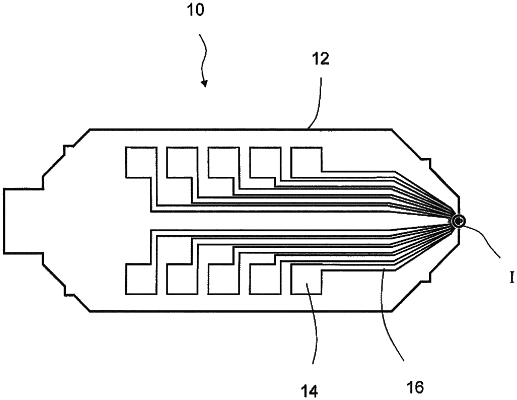| CPC G01R 1/06794 (2013.01) [G01K 7/16 (2013.01); G01R 1/06727 (2013.01)] | 15 Claims |

|
1. A method of approaching a probe to a test sample for testing an electrical property of said test sample, said method comprising:
providing a probe having a probe body defining a planar surface for supporting a first cantilever, and a first thermal detector,
said first cantilever extending from said probe body in a co-planar relationship with respect to said planar surface between a first proximal end supported by said planar surface and a first distal end opposite to said first proximal end,
said first cantilever having a cantilever surface supporting a first contact probe,
said first thermal detector extending from said probe body in a co-planar relationship with respect to said planar surface between a second proximal end supported by said planar surface, and a second distal end opposite said second proximal end,
said first thermal detector having a detector surface supporting an electrical conductor with a temperature dependent electrical resistance,
said method further comprising:
establishing a temperature difference between said electrical conductor and said test sample, injecting an electric current in said electrical conductor,
providing an electronic circuit, connecting said electronic circuit to said electrical conductor, measuring said temperature dependent electrical resistance by means of said electronic circuit while moving said probe towards said test sample, and
stopping said probe when said temperature dependent electrical resistance reaches a first threshold value representing the occurrence of said contact probe being in proximity or contacting said test sample.
|